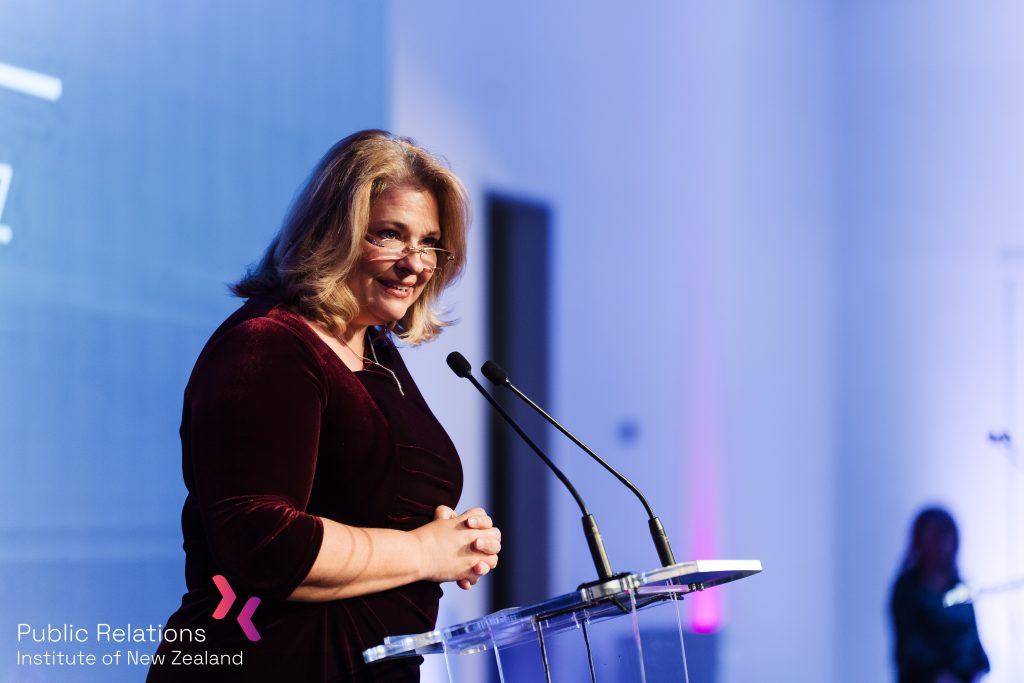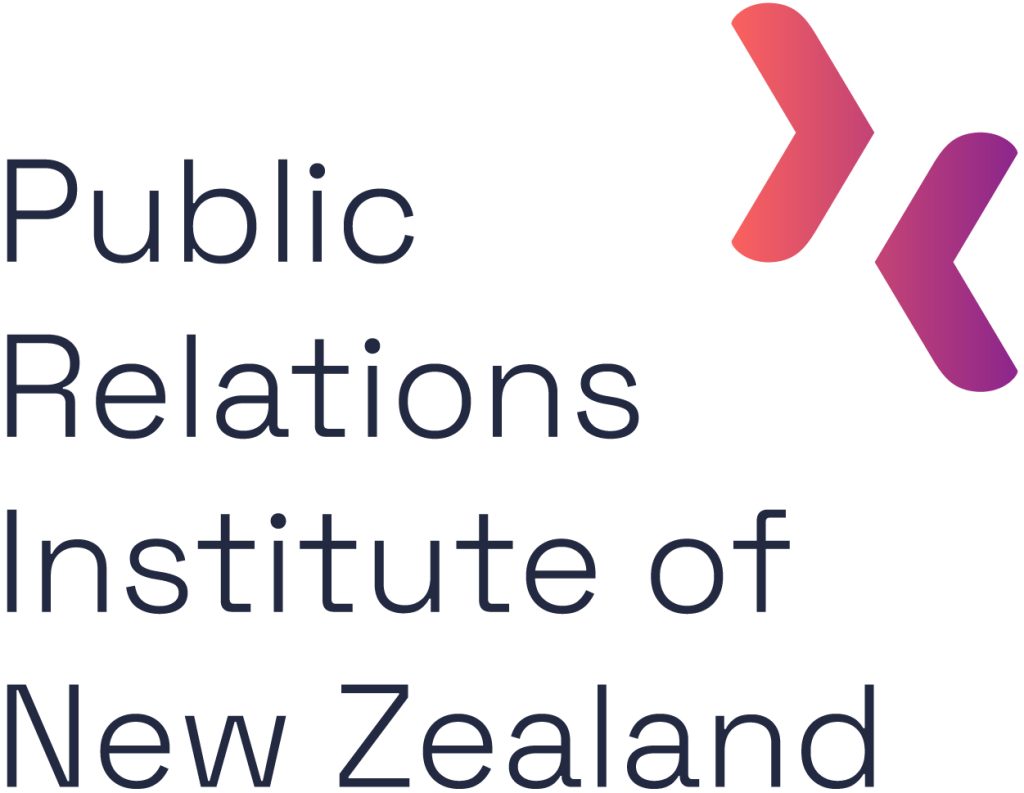Future of PR: the communications industry is transforming, so get ready

The Chair of PRINZ, Heather Claycomb, recently addressed communications practitioners at the Brightstar PR & Comms conference in Auckland, delivering a keynote speech titled “The Future of the Communications Industry.”
Heather spoke about three ‘constants’ communications professionals can count on, six ways the industry is transforming and five ways practitioners can prepare for these changes.
We wanted to share her insights with PRINZ members, as they are grounded in over two decades of experience in the industry, backed by extensive research undertaken ahead of her talk.
Stability amidst change: what remains unchanged?
While huge change is coming, Heather believes there are three constants that communications professionals can count on for now:
- High demand for skilled professionals
Communications professionals will continue to be in high demand. The ability to develop robust, sensible, and ethical communication strategies based on solid research will become more difficult as our world becomes more complex. Those people who can craft a good communications strategy will be invaluable to the organisations they work with. Despite the advancements in technology, the human touch required for a sensible, strong communications strategy cannot be replaced.
- Importance of storytelling
Great storytelling will not only remain important, but critical. As the world becomes more complex, fragmented and virtual, the demand for humanised, impactful stories will only grow. The methods of storytelling will certainly evolve as our profession taps into generative AI, but the core need for compelling narratives that make our hearts beat, bring a tear to our eyes, motivate action and give us goosebumps will persist.
- Skill to cut through the ‘noise’
The ability to cut through the noise that is growing at a deafening pace around us with clear, concise, and strategic communication will be more important than ever (and difficult!). The increasing volume of information we are consuming and producing makes the skill of delivering simple and delightful communication crucial. And it’s communications practitioners who have the skills to do this well.
While these three constants will remain unchanged, the industry transformations coming our way in the next five years will pale in comparison to the changes we’ve experienced in the last 20 alone. Here are the big six:
Six transformative changes coming in the PR industry
- AI, technology, and data:
AI is super-charging the PR industry, much like electricity revolutionised most processes throughout the world at the turn of last century. Its applications range from content development and research to real-time campaign analysis and crisis planning and management. AI’s predictive capabilities will be particularly transformative, enabling us to predict our audience’s actions from historical insights, allowing us to be proactive in crisis management and more precise when targeting our audiences. The real power of AI will be the ability to move communications insights from ‘hindsight’ to ‘foresight.’
- Increasing complexity
The communications landscape is becoming more complex, with an explosion of channels and an overwhelming amount of information and data at our fingertips. This complexity requires professionals to make sense of it all, simplify complex ideas and develop strategies to manage and mitigate increasingly difficult problem for our organisations.
- Evolving Media Relations:
The media industry is undergoing significant changes, with fewer outlets and a shrinking journalist workforce. In the past 18 years, the number of journalists working in New Zealand has shrunk a shocking 65%! This shift in the media landscape makes it challenging to get non-crisis news (i.e. ‘good news’) picked up. As a profession, we need to evolve our approach to how we work with media to match this industry’s transformation.
- Embracing Diversity:
New Zealand’s diverse population necessitates inclusive and respectful communication strategies. Organisation who ignore the diversity of their audiences will do so at their peril. No longer can we simply segment our audiences by gender, age, race and religion. Community members are choosing their identity – and that does not only apply to gender. As we research our audiences in order to communicate with them better, we must do a deep dive in order to remain inclusive and respectful.
- The TikTok Factor:
Short-form video content, popularised by TikTok, is reshaping consumer engagement both on and off the platform. This trend requires PR professionals to adapt their strategies to meet the demands of shorter attention spans and rapidly changing trends.
- Interdisciplinary Collaboration:
The boundaries between communications, marketing, design, IT, and other fields are blurring. Effective communication strategies now require collaboration across various disciplines to address complex issues comprehensively.
Preparing for the Future: Five Key Strategies
So, how do we as communications professionals prepare for these transformations – many of which are already upon us? Here are five ways:
- Harness AI and Technology:
Communications professionals must embrace AI and many other technologies required to do our jobs well, in order to remain relevant. Understanding and utilising these tools can enhance efficiency and effectiveness. Those who adapt will have a competitive edge over those who resist technological advancements.
- Shift to Strategic Interpretation and Counselling:
As content creation becomes more automated with the ability of less-skilled people on our teams to implement, the role of communications professionals must shift towards strategic interpretation and counseling. Professionals will need to interpret data, the environment around us, industry issues, etc and provide strategic advice to guide decision-making. No longer will this be the function of senior professionals. Our younger people need to quickly get their heads around how to do this well.
- Redefine Third-Party Endorsement:
Third party endorsement has been a tried and tested PR strategy since the dawn of our profession 100 years ago. And we’ve traditionally used media as the key channel to achieve this strategic goal. The shrinking media landscape and the rise of online influencers mean that third-party endorsement as a strategy is evolving. Media will remain a key channel, but it has already and will continue to become ‘one of many’ channels we can use to do this. Communications strategies should incorporate content creators and influencers, including the emerging field of B2B influencers, to achieve their trust and reputation strategies.
- Embrace Continuous Learning:
Continuous learning is essential for staying ahead of industry changes. Professionals should actively seek out new skills and experiences. This commitment to ongoing education is vital for remaining competitive in a rapidly evolving field. And due to our need to upskill in tech and AI, those of us over the age of 40 need to lean into continuous learning as well – the CPD budget is not just for the ‘young ones’ on our teams.
- Promoting Ethical Practice:
Ethical practice is paramount as the industry becomes more complex. Professionals must ensure transparency in AI use, prioritise privacy and security, and maintain factual integrity. Adhering to ethical guidelines and upholding the PRINZ Code of Ethics is more crucial than ever before for brands focused on building trust and credibility.
Conclusion
The future of the PR and communications industry is poised for significant transformation. While technological advancements and increasing complexity of our world present challenges, they also offer opportunities for those in our profession to grow and innovate. By embracing the above five preparation strategies, PRINZ members can navigate the evolving landscape and continue to thrive in their careers.
We hope our Board Chair’s insights provide a roadmap to help members prepare for the future, ensuring that you, as a communications professional, remain resilient and relevant in your career.





